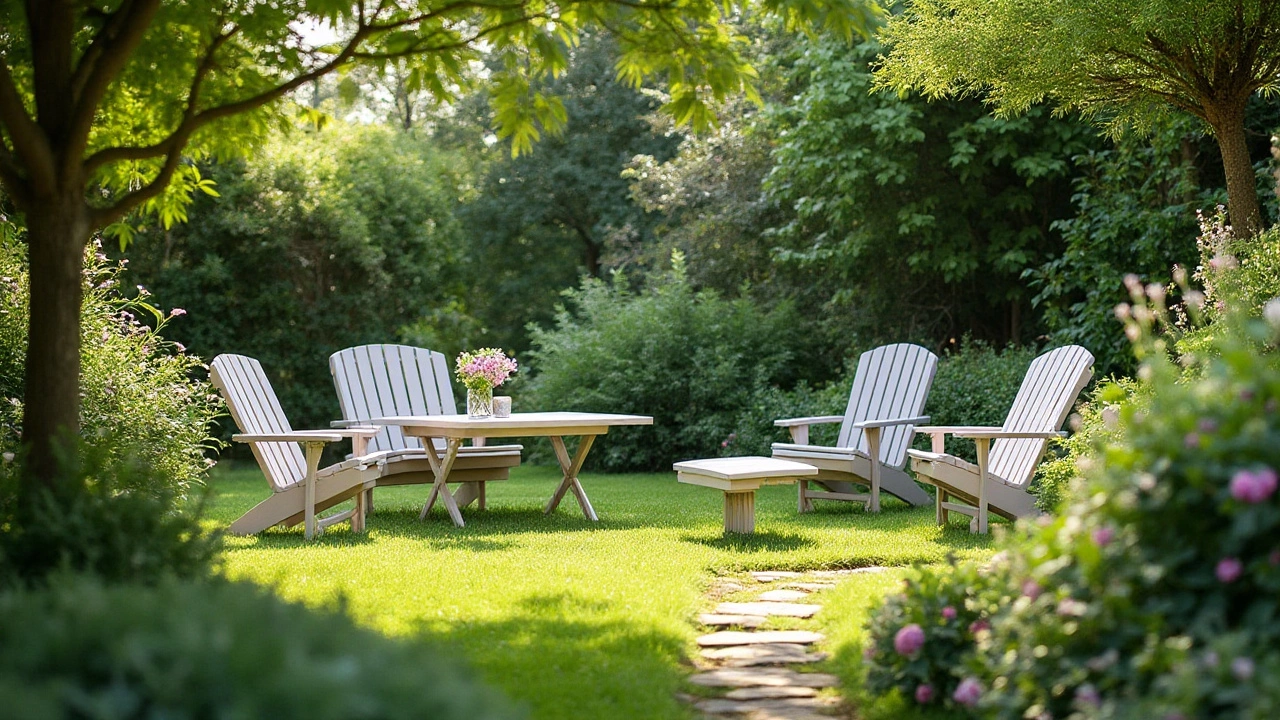Expensive Polywood: Why It Costs More and Is Worth It
When you see a Polywood table or bench with a price tag that makes you pause, the first question is "why so pricey?" The answer lies in the mix of raw material, manufacturing tricks, and design choices that push the cost up. Below we break down the main reasons and help you decide if spending extra is a smart move.
What Makes Polywood Different from Regular Outdoor Wood?
Polywood isn’t just ordinary wood that’s been painted. It’s a blend of recycled plastics and wood fibers that’s molded under high pressure. This process gives it a denser core, better UV resistance, and a smoother finish. Because the material can be engineered to match specific performance goals, manufacturers can charge more for pieces that promise a longer life.
Key Factors Behind the Higher Price Tag
1. Premium Raw Materials – High‑grade recycled plastics and carefully selected wood fibers cost more to source. Brands that certify their supply chain add another layer of expense.
2. Advanced Molding Technology – The equipment needed to compress the mix into sturdy, seamless shapes is pricey. Factories that invest in newer machines can produce tighter tolerances and fewer flaws, which translates to higher retail prices.
3. Design and Finish – Designer collaborations, custom shapes, or built‑in features like hidden storage are usually priced higher. A sleek, ergonomic chair will often cost more than a basic bench because of the extra research and prototyping.
4. Longevity Guarantees – Some companies back their Polywood with 10‑year warranties. That confidence costs something, but it also means you’re less likely to replace the piece early.
5. Eco‑Friendly Branding – Marketing a product as sustainable adds value in the eyes of many buyers. The certification process and greener production methods can raise the final price.
All these elements add up, so a pricey Polywood item isn’t just about a fancier look; it’s about a longer lifespan and fewer headaches down the road.
If you’re weighing the cost, ask yourself three things: Will the piece stay outdoors year‑round? How often will you use it? Do you need a design that matches a specific style? If the answer is yes, the higher price may actually save you money by avoiding frequent replacements.
For a quick sanity check, compare the cost per year of use. A $1,200 bench that lasts 15 years works out to $80 a year. A cheaper $600 version that needs replacement after 5 years ends up at $120 a year. The math often tips in favor of the more expensive, well‑built option.In short, expensive Polywood isn’t a gimmick. It’s a mix of better materials, stronger production, and thoughtful design. When you factor in durability, warranty, and style, the extra cost can be a smart investment for any outdoor space.
Why POLYWOOD Furniture Commands a Higher Price Tag
POLYWOOD garden furniture is known for its durability and aesthetics, making it a popular choice for eco-conscious consumers. The premium cost of POLYWOOD products is largely justified by their longevity, low maintenance needs, and environmentally friendly materials. This article explores the reasons behind the high price of POLYWOOD, providing insights into its unique manufacturing process and the benefits it offers. We'll also look at some handy tips for potential buyers to make the most out of their investment.
More
